
Sticky’s Chicken Joint, a NYC staple since 2012, renowned for its farm-raised, antibiotic-free chicken and over 16 signature sauces, now risks shuttering all 12 U.S. sites. It is not just the restaurant closing; it’s a New York cultural loss for those who adored its fast-casual charm.
The chain’s struggles depict how post-pandemic consumer patterns, legal disputes, and changing consumer habits can eliminate even iconic brands. While Sticky is left hanging between bankruptcy, the experience raises significant questions about the sustainability of specialty food chains in a new food ecosystem in America.
The Pandemic’s Lasting Impact On Foot Traffic
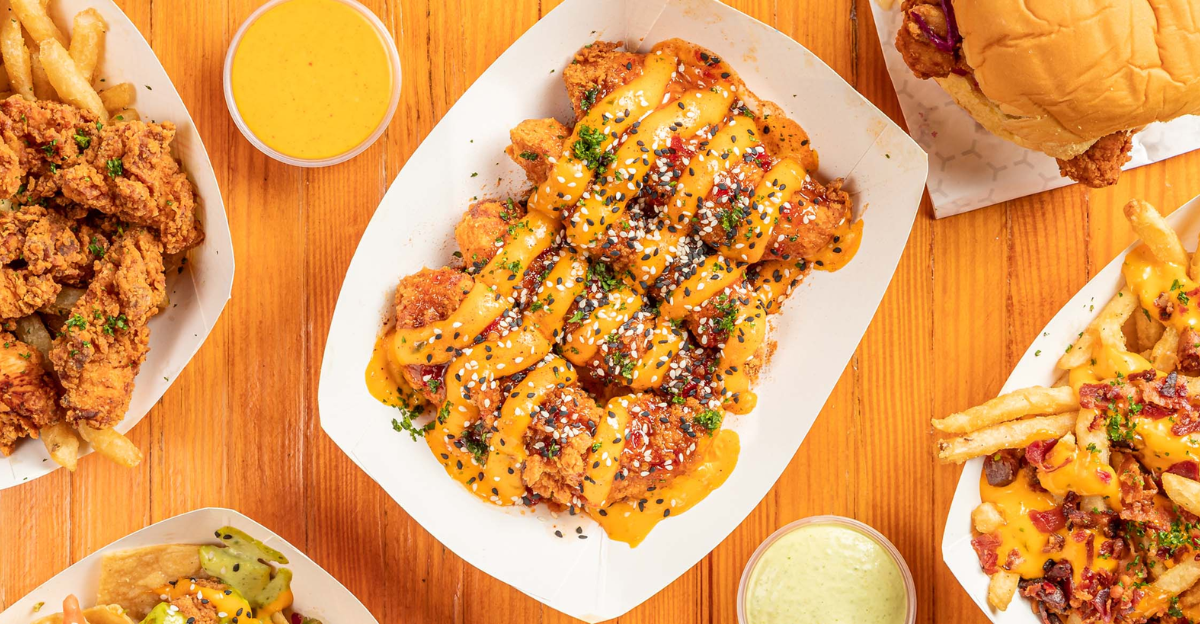
Sticky’s excessive reliance on New York’s foot traffic was a fatal vulnerability during COVID-19. With half-filled office towers and few commuters, the once-thriving spots saw breathtaking customer drops. Unlike national-chain or drive-thru concepts, Sticky’s dine-in urban concept could not pivot.
It shows a broader trend: pandemic-imposed shifts in urban living and working habits are remaking what kind of food businesses thrive or perish. Sticky’s is a cautionary tale about how localized weakness can amplify systemic shocks.
Legal Battles As a Silent Killer
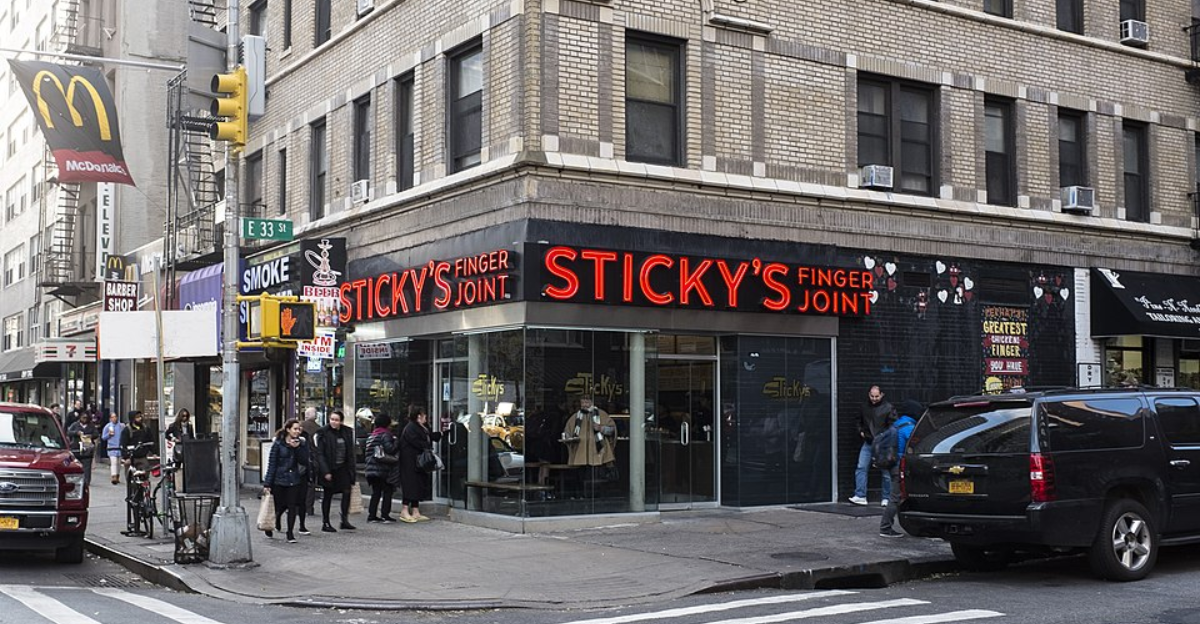
In addition to pandemic woes, costly lawsuits embroil Sticky’s, including a $600,000 judgment against its landlord and a trademark infringement lawsuit against it from a chain of barbecue restaurants.
The suits drained resources and consumed management’s time away from core business recovery. Legal trouble often flies beneath the radar in public perception, but can be the tipping point for a company’s failure. Sticky’s case demonstrates how fear of litigation can paralyze small to mid-sized chains, especially when margins are thin.
Bankruptcy and The Pitfalls Of Restructuring

Bankrupting under Chapter 11 in 2024 was a strategic decision by Sticky’s to reorganize and survive. However, the U.S. Trustee is contesting Harker Palmer investors’ proposed $2 million purchase. Who fears undue legal protections for the buyer?
This regulatory war of pulling in opposite directions illustrates the slender balance between rescuing troubled businesses and having fair legal liability if the transaction fails. Sticky’s may be on its way to a Chapter 7 closure that will liquidate everything – a stark reminder that bankruptcy can be a two-way street.
Competitive Squeeze In Fried Chicken Fast Food

Although Sticky’s is falling prey to stiff competition, they are not the only culprit. Even massive players like Chick-fil-A and Popeyes, with their enormous scale, marketing expenditures, and convenient drive-thrus, have captured the market for fried chicken like thieves.
Sticky’s urban area presence and niche appeal were inadequate to compete with the size of these giants. Sticky’s demise isn’t simply an issue concerning the competitive price for fried chicken; with the proliferation of fried chicken substitutes, however, consumer loyalty to any one small chain has been diminished.
This pattern reflects an across-the-board consolidation trend in fast food, with size and adaptability tending to trump gastronomy differentiation.
Psychological Attachment Vs Economic Reality
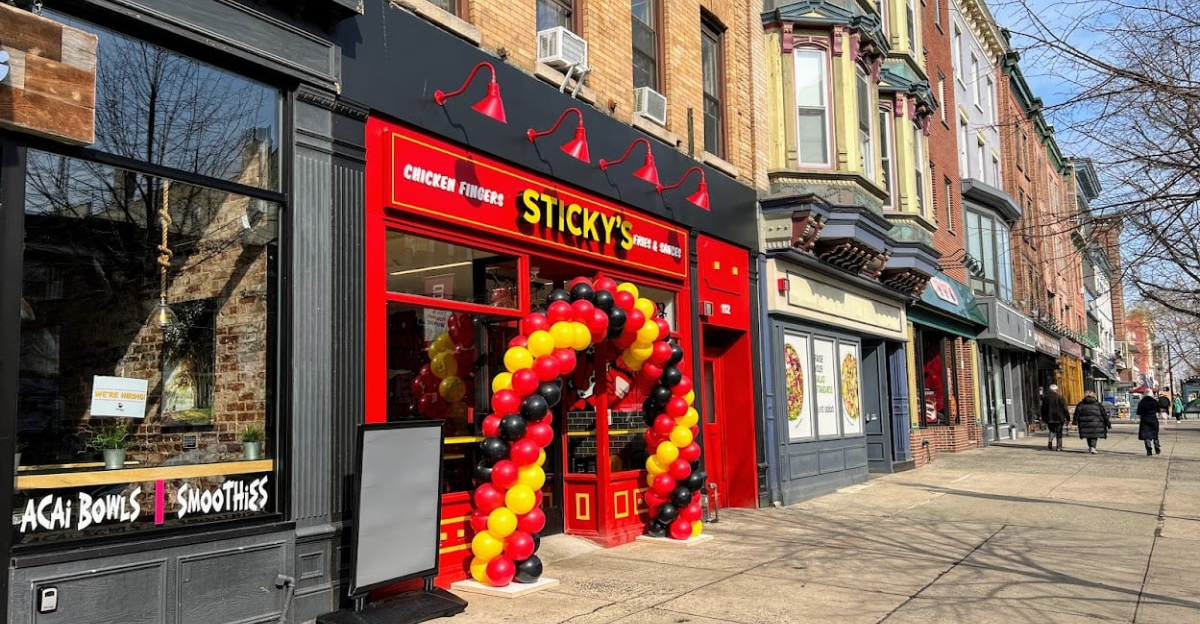
Sticky’s most devoted fans embraced social media to verbalize their nostalgia and warmth, labeling it a “fast food gem.” Sadly, one can not eat nostalgia, as psychological attachment is nothing compared to the harsh economic reality.
That tension between business viability and brand affection speaks to a psychological dilemma: consumers bemoan closures but do not always support struggling businesses enough to prevent them.
Sticky’s story raises questions regarding the responsibility of consumer behavior, especially in the post-pandemic economy, in deciding whether beloved local brands live or die.
The Urban-Rural Gap In Restaurant Recovery
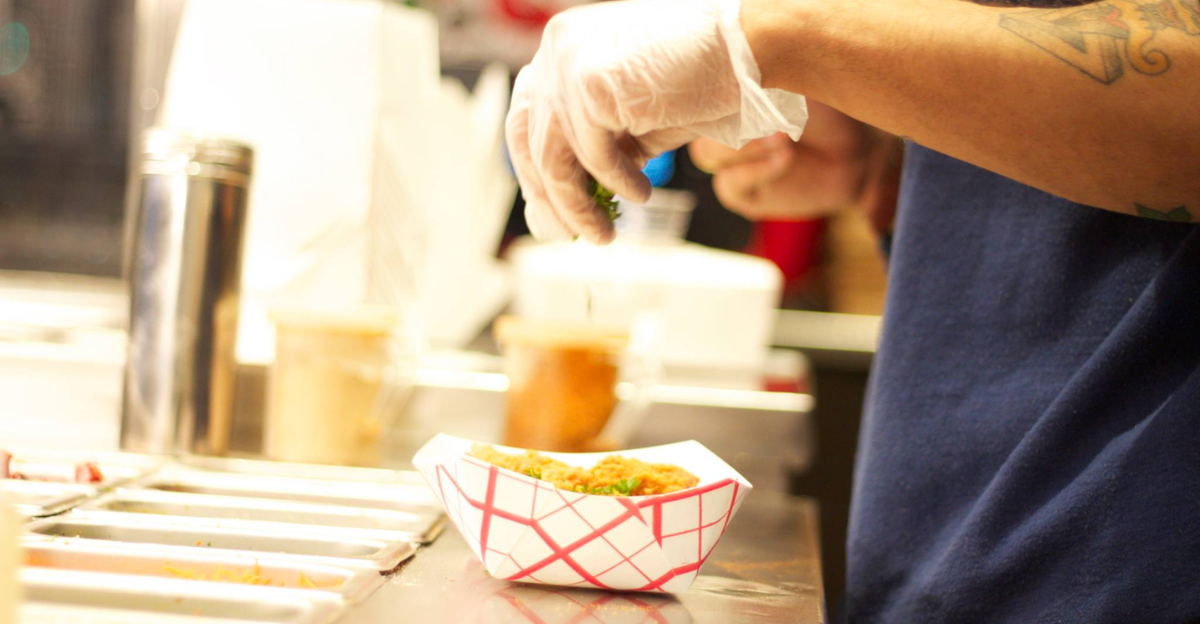
Sticky’s concentration in lower Manhattan, an urban center still experiencing uneven recovery from the pandemic, contrasts with chains doing well in suburban or smaller rural locations where models for drive-thru and delivery are thriving.
This geographic uncertainty underscores that urban area recovery is slower than in other regions, affecting businesses that rely on high pedestrian foot traffic. Sticky’s example should also remind us that urban restaurants must break away from traditional models to thrive in a post-pandemic economy.
A Model To Understand Chain Vulnerability
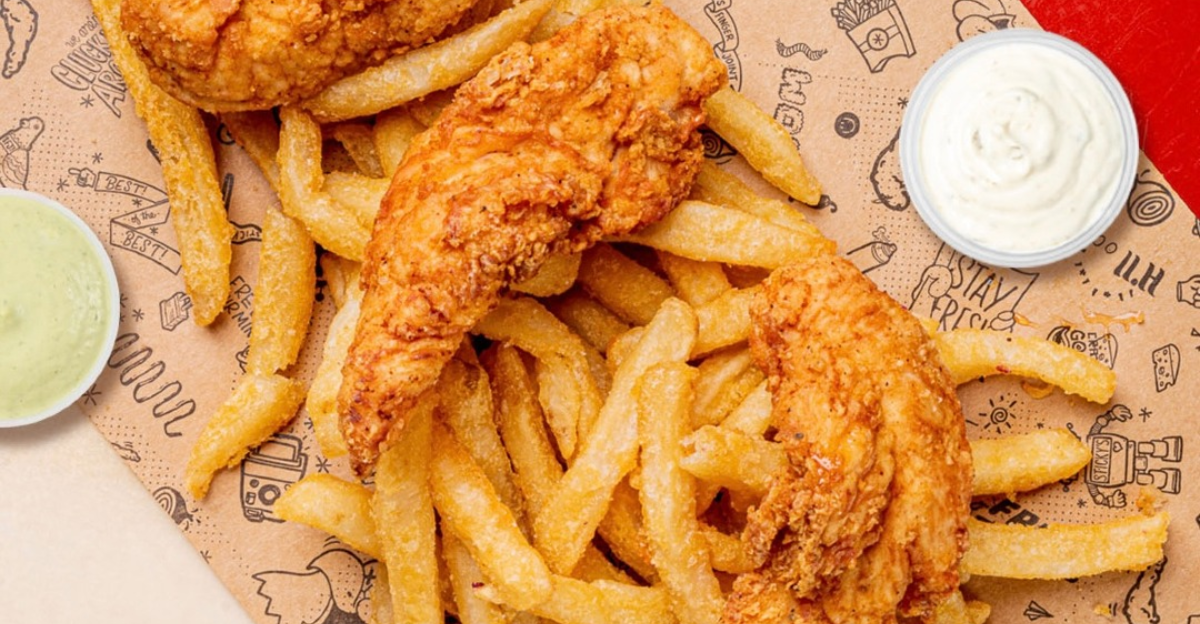
A three-factor framework highlights the three-factor model, which outlines the demise of Sticky: external shocks (pandemic and shift in the economy), internal variables (legal challenges and finance-related issues), and market competition (a larger player).
The framework can be applicable to forecast vulnerability for similar mid-sized chains. It assumes survival depends on diversification, legal risk management, and adaptive business responses, lessons critical to restaurateurs operating in volatile markets.
Sticky’s Closure Hypothetical Ripple Effects
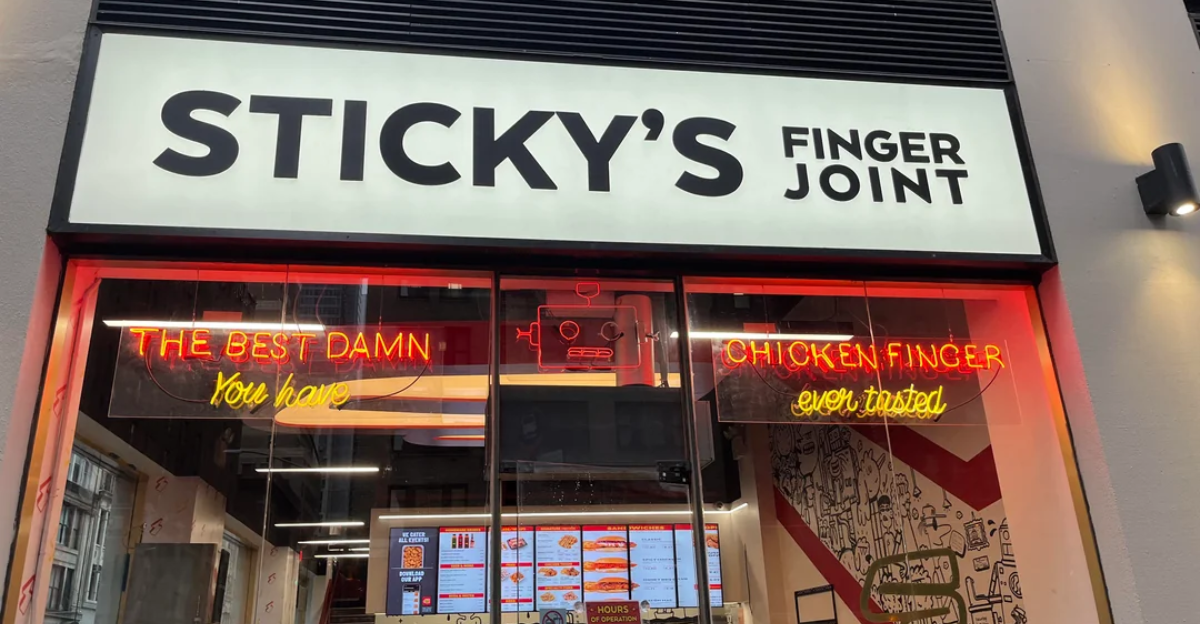
If Sticky’s shuts all locations, the impact extends beyond empty storefronts and jobs lost. It represents a shrinkage of gastronomic diversity in urban quick service, which may accelerate homogenization beneath corporate giants.
The closure could also discourage investors from backing niche chains, stifling innovation. In a psychological sense, it may undermine a well-established community food identity. The case also illustrates the wider impacts that the collapse of a chain can have on a city’s economic, cultural, and social fabric.
Sticky’s Story Implications
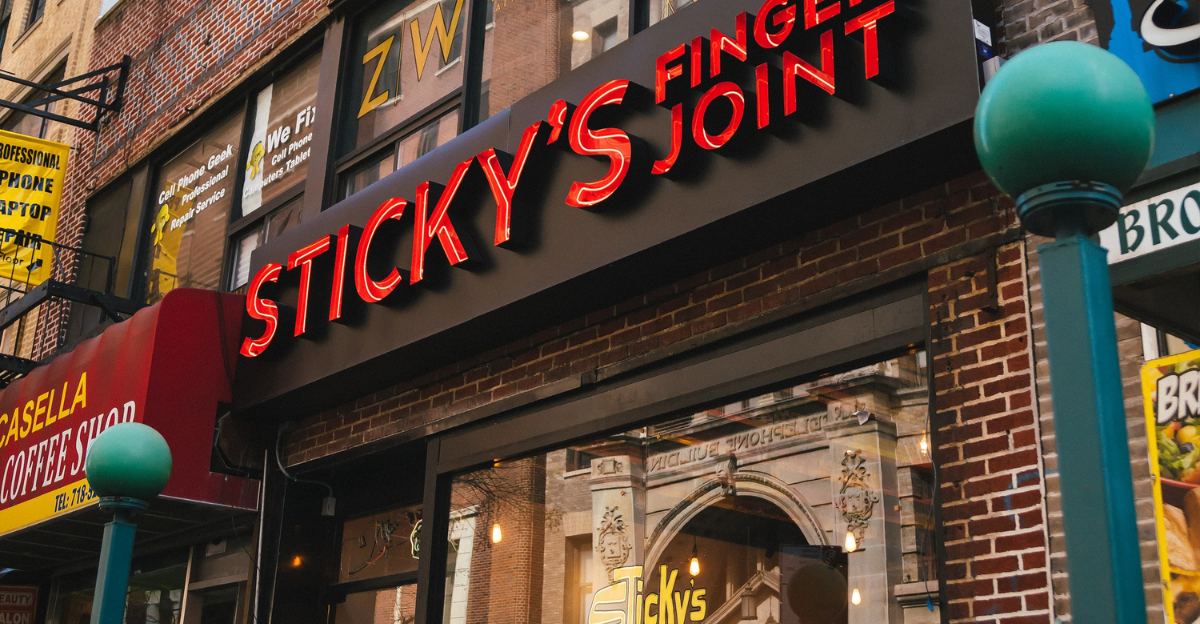
The possible closure of Sticky’s illustrates the dilemma for America’s mid-market, urban food chains. It highlights the brutal realities of the pandemic, a protracted legal fight, and growing competition.
This case study compels shareholders, investors, regulators, and consumers to reimagine how to support beloved local brands and, overall, necessitates strategic creativity and innovation in business models to counter systemic disasters.
Most importantly, the story of Sticky is a strong argument for advocating for culinary and food diversity against a fierce economic environment.
